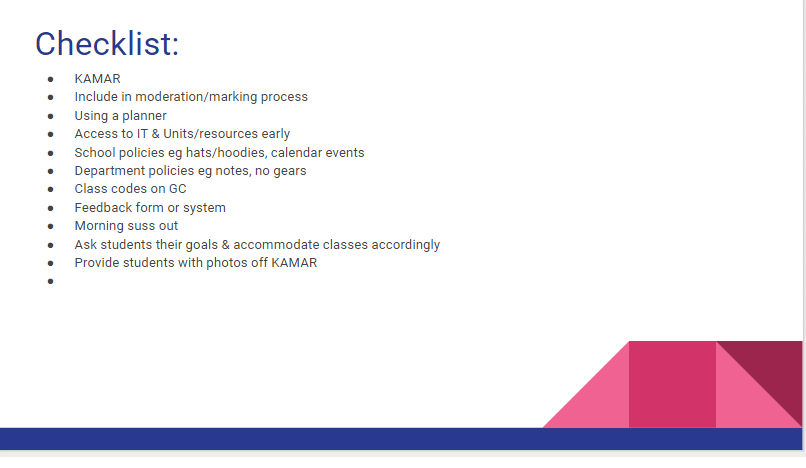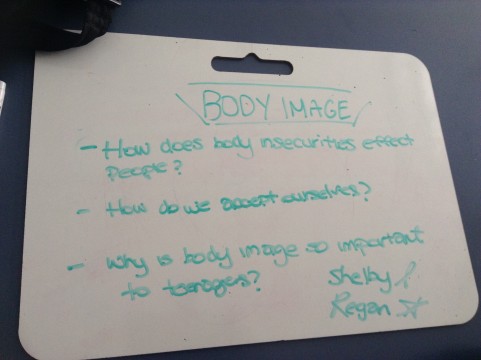As I was reading stuff.co.nz, an article caught my attention. It was titled; “Campaign for gay characters in Frozen 2 continues.” I proceeded to click the article and read that there was a social media campaign based on the slogan #giveelseaagirlfriend. This was the perfect springboard for a lesson with my Yr 10 Health class on the topic of Sexuality.
I decided to do a critical thinking lesson around whether or not Disney should have a gay princess. I knew that this topic would cause controversy and a range of opinions. I therefore introduced my lesson around the idea of “diversity is intelligence” and that listening to different perspectives and opinions as well as challenging your own beliefs is a necessary and helpful tool. I made sure that I emphasised the importance of different opinions and looking at issues from numerous persepctives. With this in mind, I asked my class to be open-minded to other’s thinking and respect differences.
After some prior history, looking at historical revolutions and considering events in history. I wrote on the board “Disney should have a gay princess.” Around the room, I placed signs saying “strongly agree, agree, meh, disagree and strongly disagree.” I asked students to think about their gut instinct to the statement and move to the label which was closest to their opinion. At the label or different station I asked students to write down on small pieces of paper what their thinking was that lead them to their position. The reason that I did this was that it allowed students who are more sensitive to still have an opinion despite confidence-issues to voice it. These are the questions I asked my students; “Write down a sentence or two explaining your thinking and why you have moved to that spot. What has influenced your thinking? What was it based on?” At this point, I moved around the room and had small-sided conversations with students, asking them open questions and challenging their viewpoints further.
Continuing from this, I asked my students to share with someone nearby them at the same label why they had placed themselves there and what their reasoning was. This was the starting opportunity to hear different opinions and perspectives. From here, I asked to hear from the different parts of the room, the responses of the people. As those at the “strongly agree” section of the room begun answering, hand shot up around the room with counter-argument. As students answered, I was careful to listen to what they had said and then summarise their answers. I think this was important so that students felt that their opinions were validated and valued. I made sure that I gave opportunity for every part of the room to share their responses and opinions.
As the discussion was occurring, I could see students scrawling down further arguments and discussion points. It was remarkable to see students have their assumptions challenged and look at their own viewpoints critically. One student from the “disagree” section raised a very relevant point. She said; “I disagree because, I don’t think that Disney movies, for kids should be focused on relationships, regardless of the type.” This was a powerful statement and received agreement from across the room. A second student built on this saying that the theme of Disney movies shouldn’t be on relationships anyway but about fun, family and adventure. This is an example of students thinking critically about relevant, everyday subjects.
I think that this lesson demonstrates a sensitivity to student’s needs and allowed them a platform to express and hear opinions. I was pleased with the way that students responded and how students saw the value of empathy and the tolerance for difference. I think the lesson was also meaningful because it was relevant to their lives and something that they could grasp. I felt the lesson was successful as I could see but how well the students were respecting each other, listening and responding with thoughtfulness that they were engaged. As, I was clearing the board to leave, I had numerous students walk past me saying; “thank you Miss, this is such an important topic to talk about!”
The idea for the lesson came from a Department Meeting in which we talked about the use of continuum and challenging assumptions. It was a useful tool to learn about and be able to put into practice.






